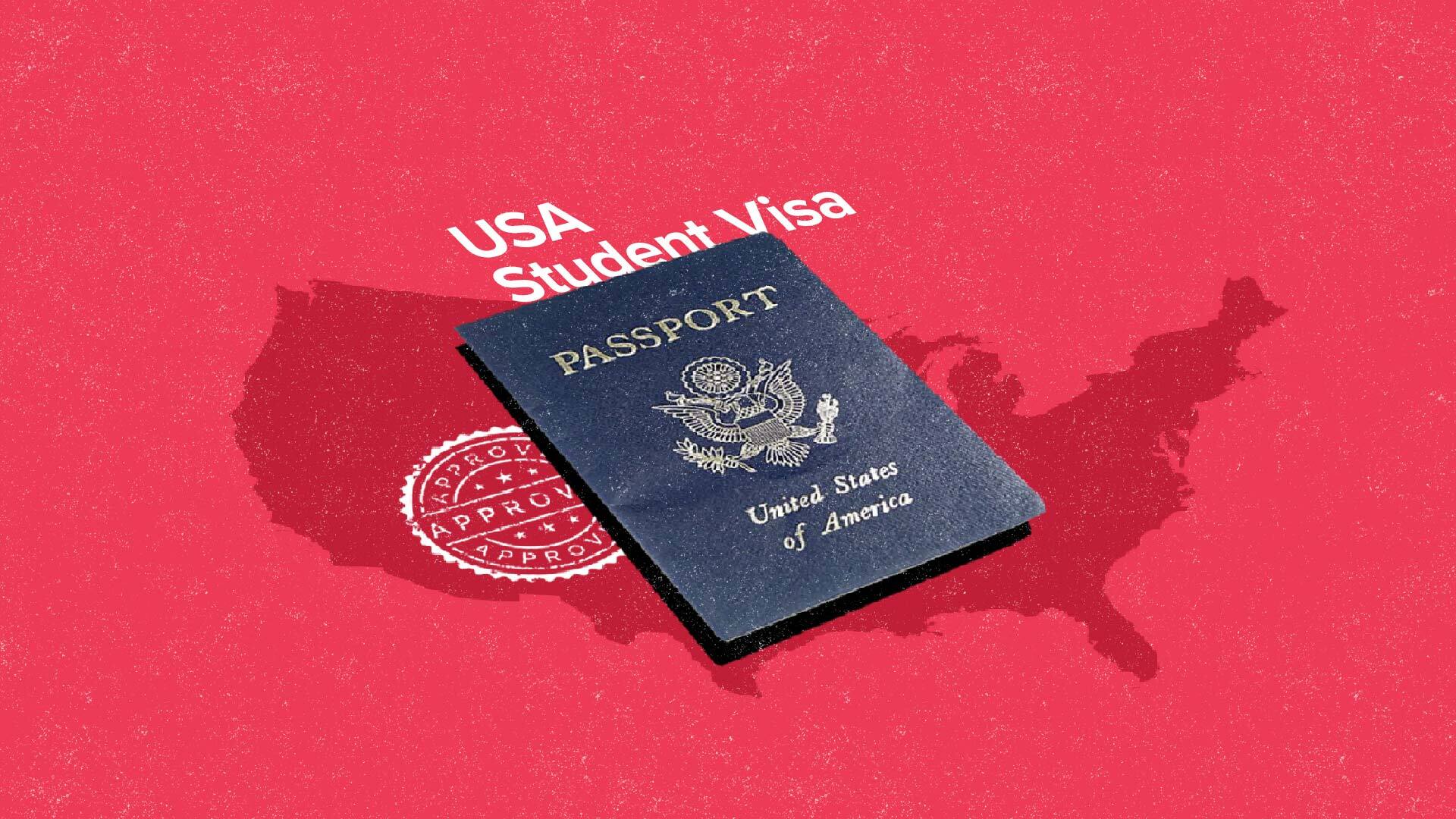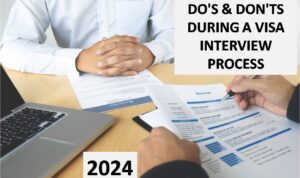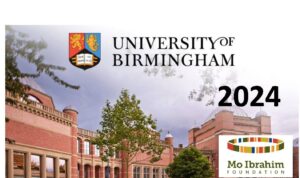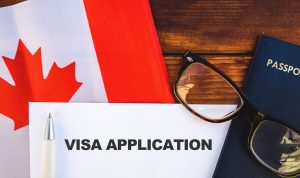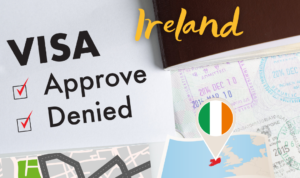Introduction Which US Student Visa do I Need?
Which US student visa do I need?-If you’re a foreign student who aspires to study in the United States, you’ll need to acquire a student visa. However, with several types of visas available, it can be difficult to decipher which is best suited for your educational goals. This blog post will guide you through the different types of US student visas and give you the necessary steps to apply for one.
Understanding the Different Types of US Student Visas
Navigating the types of student visas can be a crucial part of planning your educational journey in the US. The US offers the F-1, M-1, and J-1 visas to international students. The F-1 is geared towards those enrolling in academic programs or English Language Programs at US institutions.
On the other hand, the M-1 visa is for students joining vocational or non-academic programs. Lastly, the J-1 visa is designed for students participating in educational or cultural exchange programs. Knowing the purpose of each visa is the first step in choosing the right one for your specific educational plans.
The F-1 Visa for Academic Studies
The F-1 visa is the choice for foreign students planning to pursue academic or English Language Programs at American educational institutions, such as high schools, universities, conservatories, and seminaries. Holders of the F-1 visa are allowed to remain in the US for the duration of their academic program, with an additional 60-day grace period. Opportunities for employment are also available with this visa, allowing students to work on campus and to apply for Optional Practical Training (OPT). OPT grants students the chance to gain employment experience in their field of study either while still enrolled or post-graduation.
The M-1 Visa for Vocational or Non-Academic Studies
The M-1 visa is designated for international students who aspire to enroll in vocational or non-academic programs, excluding language training, at US institutions. These programs could include various fields like cooking schools to flight training. The stay period for M-1 students is usually the length of their vocational course plus an additional 30 days. However, unlike the F-1 visa, M-1 visa holders typically aren’t permitted to work during their course duration. This difference in work authorization makes the M-1 visa distinct, catering to those focused solely on their vocational studies.
APPLY: How To Apply for a Post-Study Visa in Ireland
The J-1 Visa for Exchange Programs
The J-1 visa caters to international students keen on participating in educational or cultural exchange programs in the United States. These programs are diverse, ranging from studying and teaching to conducting research or acquiring specialized skills training. The duration of stay for J-1 visa holders is not fixed, as it is heavily influenced by the particulars of their chosen program. The scope for employment is also dictated by the nature of the program.
How to Apply for a US Student Visa
To begin your application for a US student visa, you first need to be accepted into a Student and Exchange Visitor Program (SEVP)-accredited school in the United States. Once accepted, you’ll be registered in the Student and Exchange Visitor Information System (SEVIS) and will be required to pay the SEVIS fee. Your school will provide you with the I-20 form, an important document needed for your visa interview. The next steps include completing the online DS-160 visa application, paying the associated fee, and scheduling your visa interview at a US embassy or consulate. Remember to bring your I-20 form to the interview.
Tips to Increase Your Chances of Getting Approved
In the quest for a student visa, showcasing ties to your homeland and plans to return after your studies are key. Honesty during your application process and interview can aid in your visa approval. Financial stability is a crucial factor, thus, be ready to present evidence of adequate funds to support your educational and living expenses throughout your US stay. Being transparent about your academic goals and commitment to finish your program can significantly bolster your approval chances. Navigating the visa process may appear complex, but with proper preparation, it becomes a manageable step in realizing your US study ambitions.
Never miss an opportunity,
join our WHATSAPP CHANNEL
Join our TELEGRAM CHANNEL
Follow us on

